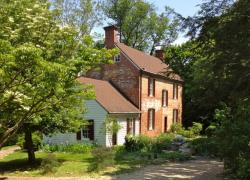This is one of three nearly identical pumping stations that drained the Haarlemmermeer (Haarlem Lake), 1849- 52, then continued to maintain the polder's water table for more than 80 years. The Haarlemmermeer area covers 45,000 acres (about 70 square miles) in a triangular region between the cities of Amsterdam, Haarlem, and Leiden.
Mechanical
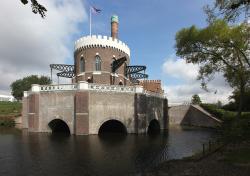
HaarlemmermeerCountry: NetherlandsWebsite: http://www.asme.org/about-asme/history/landmarks/topics-m-z/pumping/-153-cruquius-pumping-station-%281849%29Creator: Cruquius, Nicolaus Samuel , Beijerinck, Jan Anne
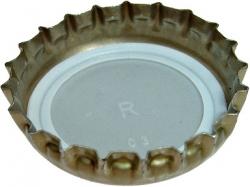
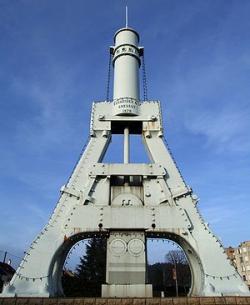
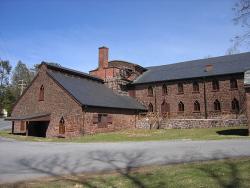
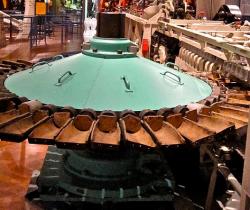
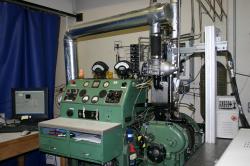
The Cooperative Fuel Research (CFR) engine is used extensively throughout the world for testing, research, and instruction in the performance of fuels and lubricants for the internal combustion engine. Principal design work on this prototype engine was accomplished by engineers of Waukesha Motor Company, now a division of Dresser Industries, who served on a Cooperative Fuel Research Committee with representatives of the American Petroleum Institute, Society of Automotive Engineers, Automobile Manufacturers Association, and the National Bureau of Standards.
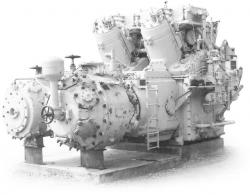
This compressor was a product of the combined technology and design heritage of both the C. & G. Cooper Company of Mount Vernon and the Bessemer Gas Engine Company of Pennsylvania, which had merged in 1929. Ralph L. Boyer, the chief architect of the GMV, worked for Cooper-Bessemer from 1926 through 1965.
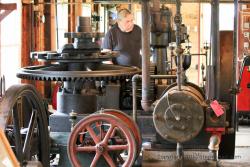
Early internal combustion engines produced only a few horsepower and were unable to replace steam engines in most applications until about 1890. By then, they were powerful enough for most portable or remote locations and many small manufactures. By 1900, they were replacing reciprocating steam engines for electric generation, and by 1915, they were being considered for all but the largest installations where steam turbines have dominated to date.
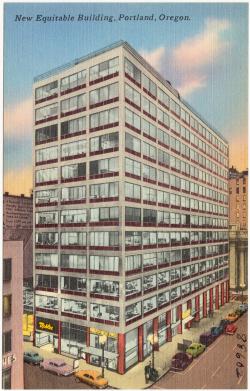
The use of heat pumps for the heating and cooling of the Commonwealth Building, initiated in 1948, was a pioneering achievement in the western hemisphere. The theoretical conception of the heat pump was described in a neglected book, published in 1824 and written by a young French army officer, Sadi Carnot. Its practical application on a large scale is attributable to designers J. Donald Kroeker and Ray C. Chewning, building engineer Charles E. Graham, and architect Pietro Belluschi.
